With its tropical islands, rice paddies, tea plantations, rugged mountains and sprawling megacities, Asia is a wonderland of diverse destinations.
Among the mix, travelers can discover charming towns that deliver big on romance, history and beauty.
Whether you’re looking for the grandeur of colonial-era architecture, stunning scenery or remote cultural immersion, here are 13 of the most beautiful towns in Asia.
Hoi An, Vietnam
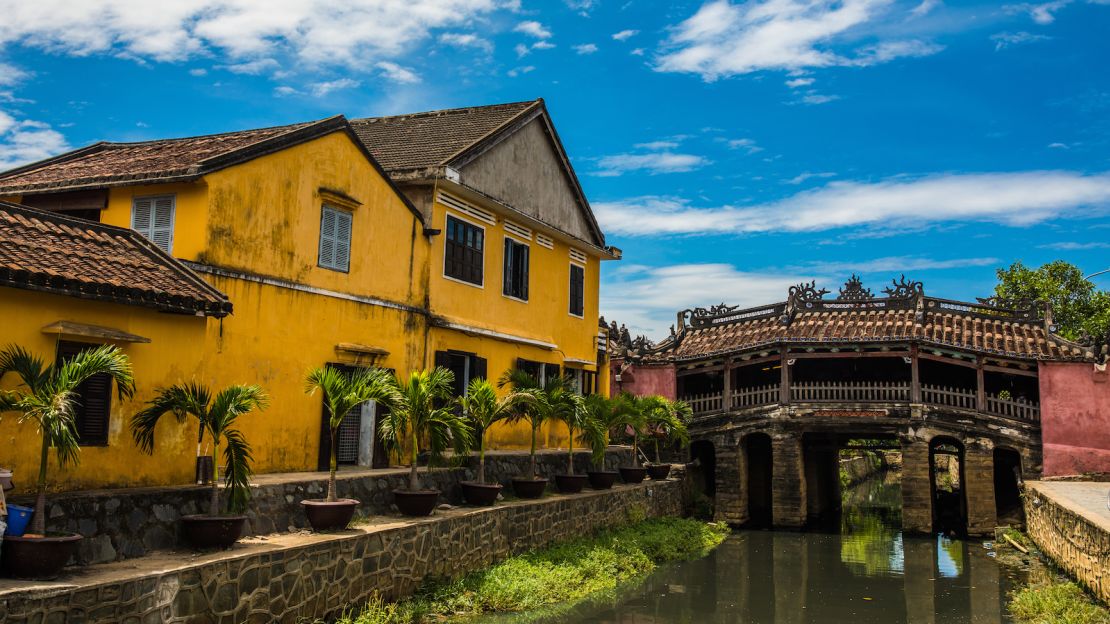
Located on the central coast of Vietnam, Hoi An’s Old Town is a heaven for photographers, foodies and architecture lovers.
Added to the UNESCO World Heritage list in 1999, the former French colonial trade port has been one of the most commercially vital towns in Vietnam since the 16th century.
And thanks to centuries as an important trade hub, the narrow streets of Old Town Hoi An feature rows and rows of charming mustard-hued merchant houses – though many have since been transformed into low-key restaurants, bars, design boutiques and tailors’ shops.
Adding to the atmosphere, lush foliage spills from the rooftops and, come evening, romantic silk lanterns light up the town.
While you’re there, don’t miss the array of delicious food experiences, from banh mi at ever-popular Banh Mi Phuong or local staples like herb-covered rice rolls, white rose dumplings and fresh seafood at Miss Ly’s Cafe.
Yufuin, Japan
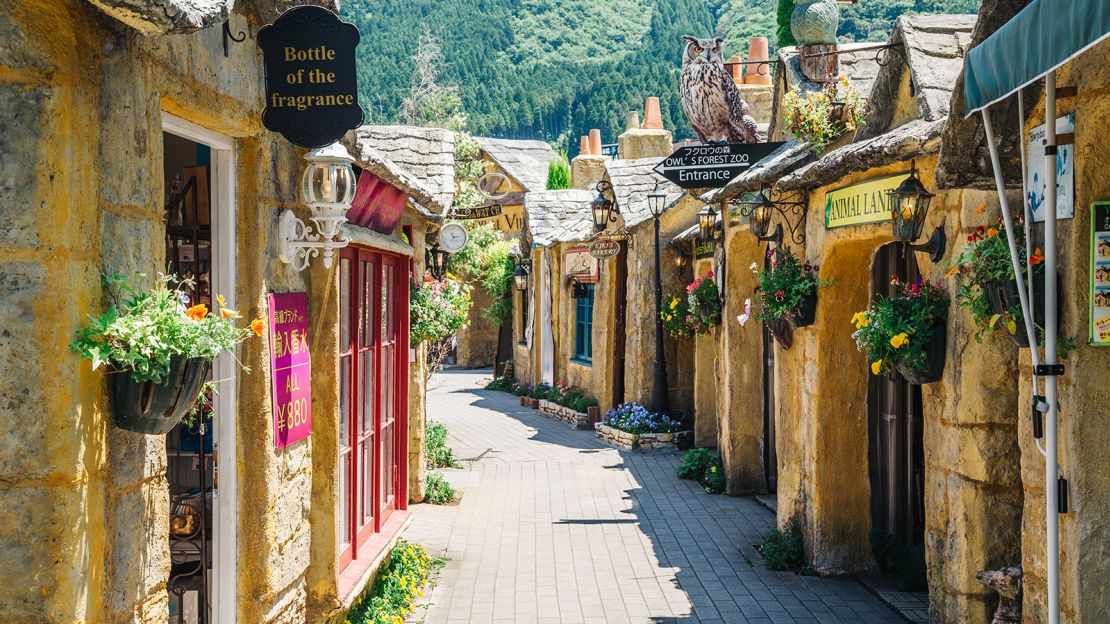
A tiny town in Oita Prefecture on Japan’s southwestern Kyushu Island, Yufuin is best known for its peaceful atmosphere, onsen baths (hot springs), tile-roofed Japanese shophouses and pristine natural scenery, with Mount Yufu as a dramatic backdrop.
In autumn, travelers can expect an abundance of radiant orange and red leaves, while spring delivers soft and ethereal cherry blossoms galore.
Onsens are another major draw. Travelers can experience them when staying in a ryokan (a local guesthouse), such as Yufuin Iyotomi, or in one of the public baths such as Shitanyu on Lake Kinrinko at the eastern edge of town.
A stroll along Yunotsubo Street, which cuts neatly through the center of Yufuin, is a pleasant way to spend the morning thanks to countless artsy boutiques, tea shops and restaurants.
Cheese is particularly famous in this region, so we’d recommend a visit to Cheese Factory Yufuin (1101-6 Yufuincho Kawakami, Yufu) as well as a sampling of the crowd-pleasing cheesecake at the Milch Cafe dessert shop (3015-1 Yufuincho Kawakami Yufu).
Meanwhile, art lovers will be spoiled for choice. There are more than 20 galleries in the tiny town, including the Kengo Kuma-designed Comico Art Museum Yufuin where multimedia works by prestigious Japanese talents such as Takashi Murakami and Hiroshi Sugimoto await.
George Town, Malaysia
Designated a UNESCO World Heritage site, the historic quarter of George Town in Penang, Malaysia, showcases multi-cultural influences.
The region’s heritage can be traced back almost 500 years, when the former British colony was a prominent hub of trade on the Malacca Strait, enabling cultural exchange between Malay, Chinese, Indian and European residents.
As a result, George Town retains its unique character – evidenced by the mix of pastel-painted shophouses and Chinese mansions, European government buildings, diverse religious buildings, festivals, music, food and fortresses.
A roundup of the major landmarks includes Fort Cornwallis, St George’s (the oldest Anglican church in Southeast Asia), Sri Mahamariamman Temple and the elaborate City Hall – plus many travelers love to wander down Armenian Street to admire the old quarter’s expressive street art.
George Town is considered the “food capital of Malaysia” and is one of the best food cities in Asia, so we’d be remiss if we didn’t mention the hawker centers.
Public food centers like Sri Weld Food Court, New Lane Hawker Center and Cheapside Hawker Centre are so good, there’s little motivation to set foot in a conventional restaurant while you’re in town.
Like the architecture, the local cuisine also captures George Town’s multicultural history.
Must-try dishes include char koay kak (rice cakes with eggs, prawns, bean sprouts and preserved radish), Hokkien mee (a mixed noodle dish with mixed seafood and soy sauce), rojak (a fruit and vegetable salad bathed in sweet peanut sauce), Assam laksa and kaya toast.
City of Vigan, Philippines
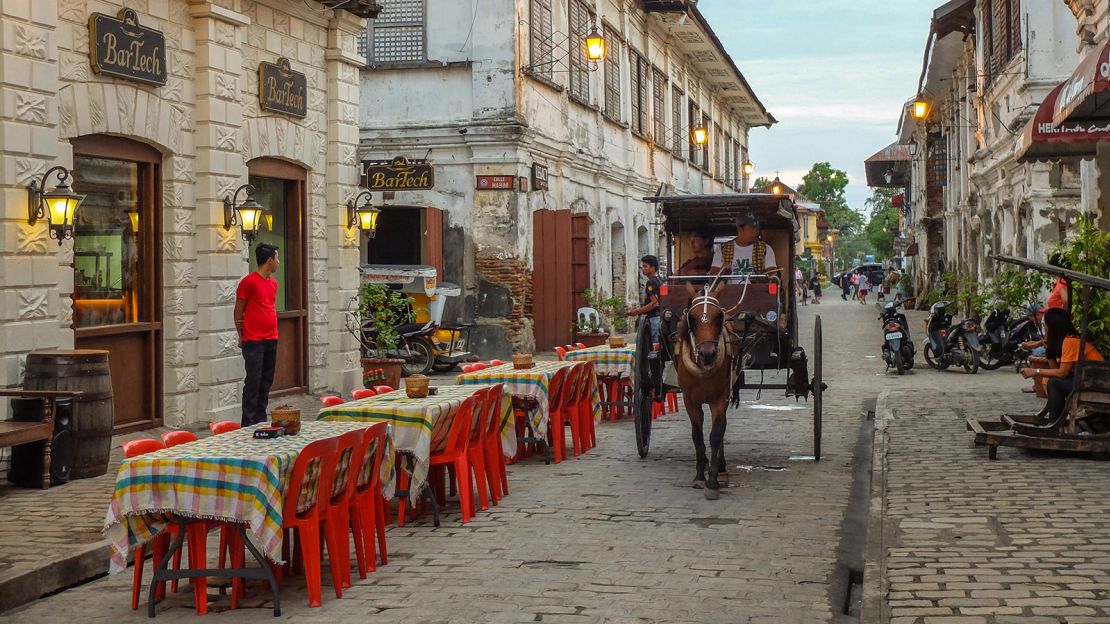
One of the best places to experience Spanish colonial-era architecture in Asia, the city of Vigan is situated on the western coast of Luzon island in northwestern Philippines.
Now a UNESCO World Heritage City, Vigan was established by the Spanish in 1572.
Conquistador Juan de Salcedo developed a grid-like plan for the city, churches, schools and grand mansions with dazzling capiz-shell windows and dark wood interiors.
Travelers will find the vast majority of the colonial buildings around the central square, Plaza Salcedo, including the white and yellow St Paul’s Cathedral. The beautiful Baroque structure was first built in 1641 and then restored after several earthquakes and fires.
A short walk south, Calle Crisologo is another major landmark. The cobbled street features well-preserved heritage houses, alfresco bars and kalesa (horse-drawn carriages) that transport you back in time.
While in Vigan, visitors may want to check out a pottery workshop such as RG Jar Factory (Liberation Boulevard), where you can try your hand at crafting a traditional earthen jar.
Meanwhile, Vigan Public Market offers quotidian scenes and lots of food stalls hawking fresh and flaky empanadas.
Luang Prabang, Laos
Often hailed as one of the most spiritual places in Southeast Asia, Luang Prabang makes a dramatic first impression.
Sitting at the bottom of a valley in central Laos, the town is hugged by mountains while the Nam Khan River cuts through the center.
Serving as the seat of the first kingdom in Laos from the 14th to 16th centuries, Luang Prabang was long a strategic location on the Silk Route.
It was later taken by the French in the late 1890s and, over time, the harmonious intermingling of European and Laotian architecture created a distinct townscape.
Still today, Luang Prabang, which was named a UNESCO World Heritage Site in 1995, continues to be the country’s cultural and artistic capital.
In addition to the graceful architecture, Luang Prabang is also home to beautiful natural attractions, such as the three-tiered Kuang Si Waterfalls and Phousi Mountain, where 300-odd steps will lead you to a viewing platform to take in the countryside.
There are also more than 30 beautiful temples – including the golden Wat Manorom, said to have been built in 1372 and considered the city’s oldest temple – not to mention the Royal Palace Museum, night markets, river boat rides, biking tours and more.
Kampot, Cambodia
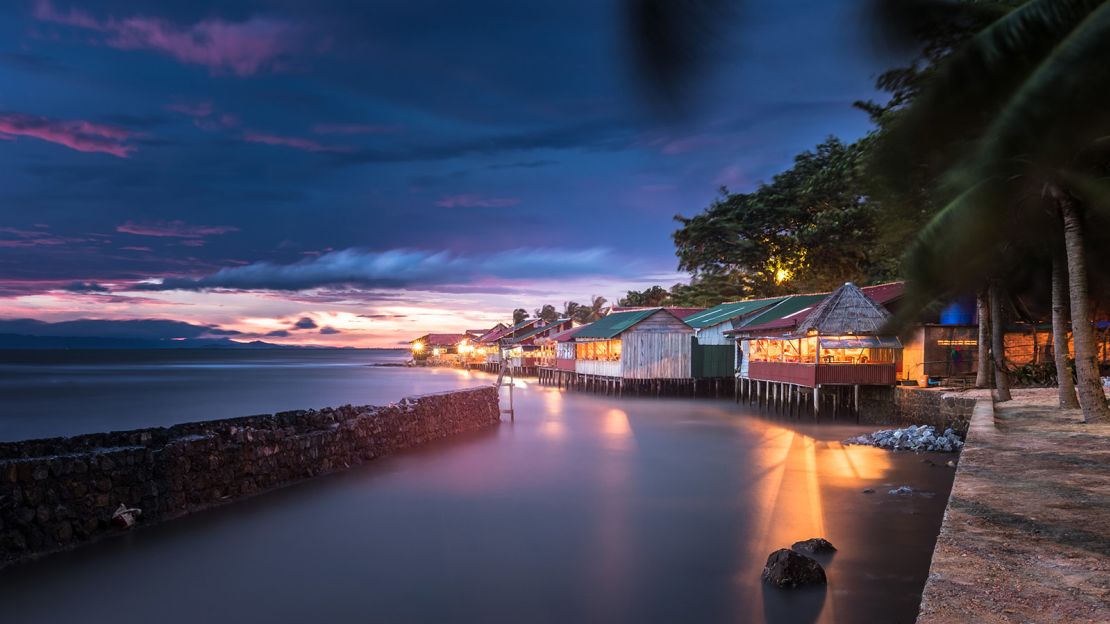
Though the first stop in Cambodia is usually Angkor Wat – for good reason – more and more travelers are falling for the charms of Kampot.
Best known for its river scenery and pepper farms, the serene coastal town has garnered a reputation as one of the prettiest small towns in the region, thanks to colorful French colonial shophouses, pedestrian-friendly streets and plenty of outdoor activities.
The lengthy list covers everything from kayaking and biking to mountain treks, river cruises, paddleboarding and more.
Meanwhile, a day trip through the countryside reveals lush paddy fields, cave temples, waterfalls, mirrored salt fields and pepper farms where you can sample the region’s most famous – and aromatic – export.
As for food, Kampot is a gourmand’s playground with everything from traditional Khmer cuisine at waterfront Rikitikitavi or Khmer Roots Cafe to vegan delights at Epic Arts Cafe or Simple Things.
For those seeking a blissful beach holiday, the stunning nearby islands await.
Kota Gede, Indonesia
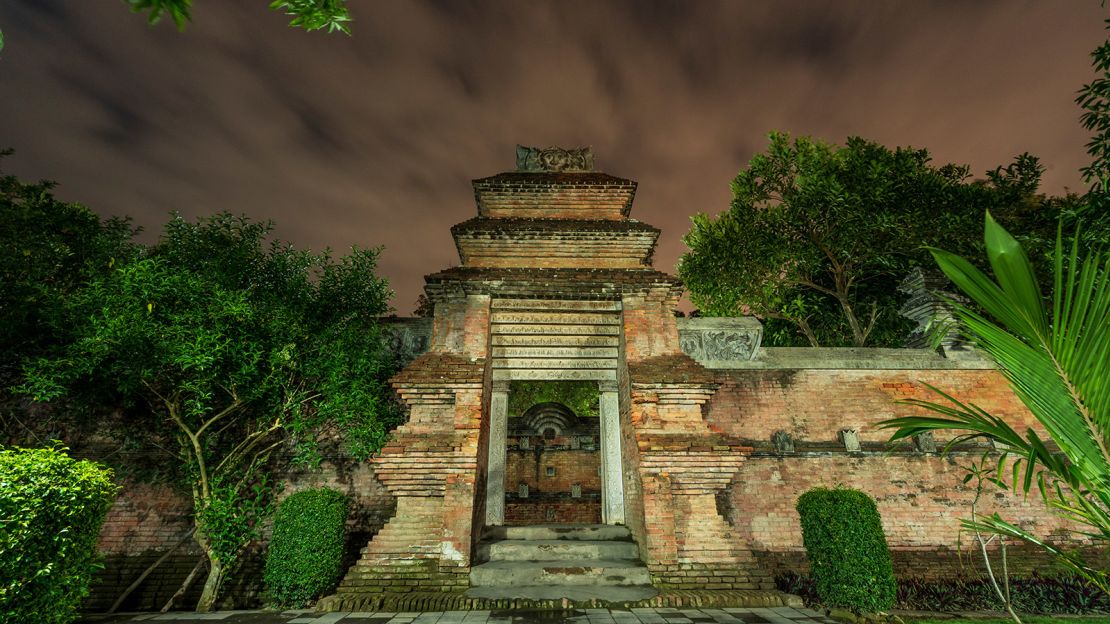
Among the oldest neighborhoods in Yogyakarta, Kota Gede is known for its silver industry, little lanes and photogenic architecture.
The beautiful setting can be traced to the 15th century, when the “Big City” served as the seat of the Mataram Sultanate – the final independent kingdom before the Dutch colonized Java island.
At the time, many wealthy merchants built palatial homes in the Kalang style – an eclectic, enclosed house that features a mix of Dutch structural elements, traditional Javanese layouts and ornate details.
Later, in the early 1900s, silverworking had become one of the area’s most important trades.
Still today, travelers wandering along the main streets of Jalan Kemasan will find dozens of boutiques, galleries and workshops that showcases everything from jewelry to boxes to tableware.
For a little history, travelers can visit the 17th-century Kotagede Mosque and the Imogiri Graveyard where the former ruler is buried.
With Kota Gede as a homebase, it’s easy to visit Yogya’s UNESCO-listed landmarks such as the sculptural Prambanan Temple, an important Hindu site dating to the ninth century, and the eighth-century Borobudur Temple – said to be the largest Buddhist monument in the world.
Then there’s the Parangkusumo sand dunes, Jomblang Cave and several inviting beaches. In other words: you’ll need more than a weekend to explore.
Galle, Sri Lanka
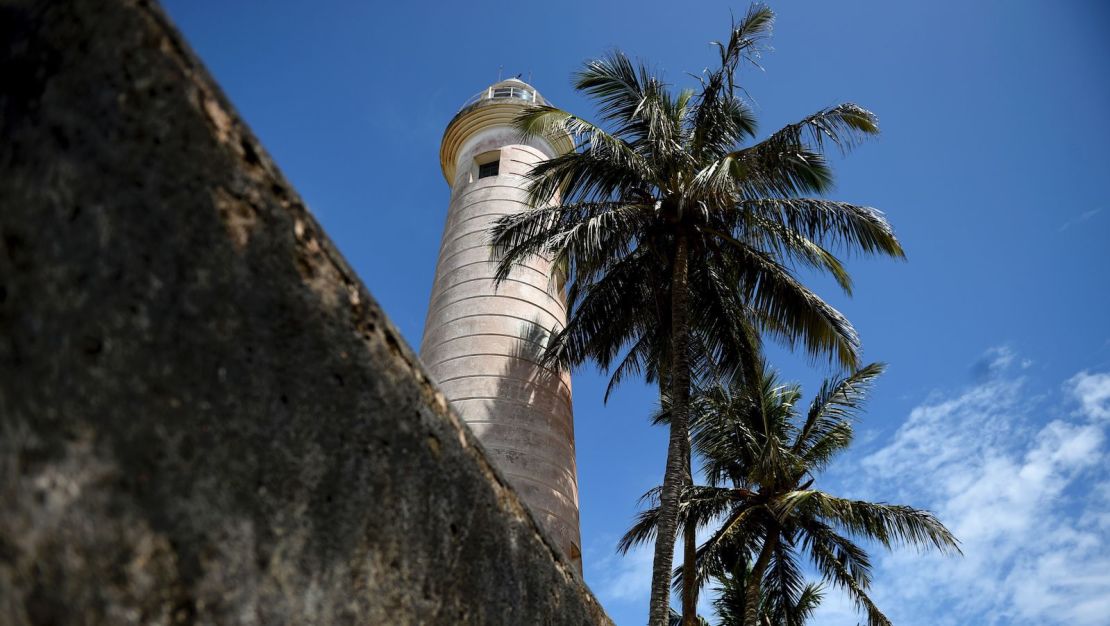
Sitting on the southwestern coast of Sri Lanka, the walled town of Galle owes its historic atmosphere to many centuries as an important trade port.
The UNESCO-listed fortress has lived through three rounds of colonial rulers – beginning with the Portuguese from 1505-1658, then the Dutch from 1658-1796 and, finally, the British from 1796-1948.
These days, many of the old warehouses and merchant houses have been converted into museums, boutique stays, shops, restaurants and bars.
The dining scene is particularly exciting, with highlights including popular Fort Printers – built inside an 18th-century mansion and known for its fresh seafood – or Hoppa for excellent Sri Lankan curries and egg hoppers (dome-like pancakes).
As for landmarks, you can see all of the major highlights easily on foot. There’s the Dutch Reformed Church (aka De Groote Kerk), Galle Clock Tower, Galle Lighthouse, Meeran Mosque, Sudharmalaya Temple and the old Spice Warehouse, just to name a few.
After exploring the colonial town, travelers can easily trace the southern coastline to join a surf camp, diving expedition, whale-watching trip or simply laze around at beautiful Unawatuna Beach.
Zhouzhuang, China
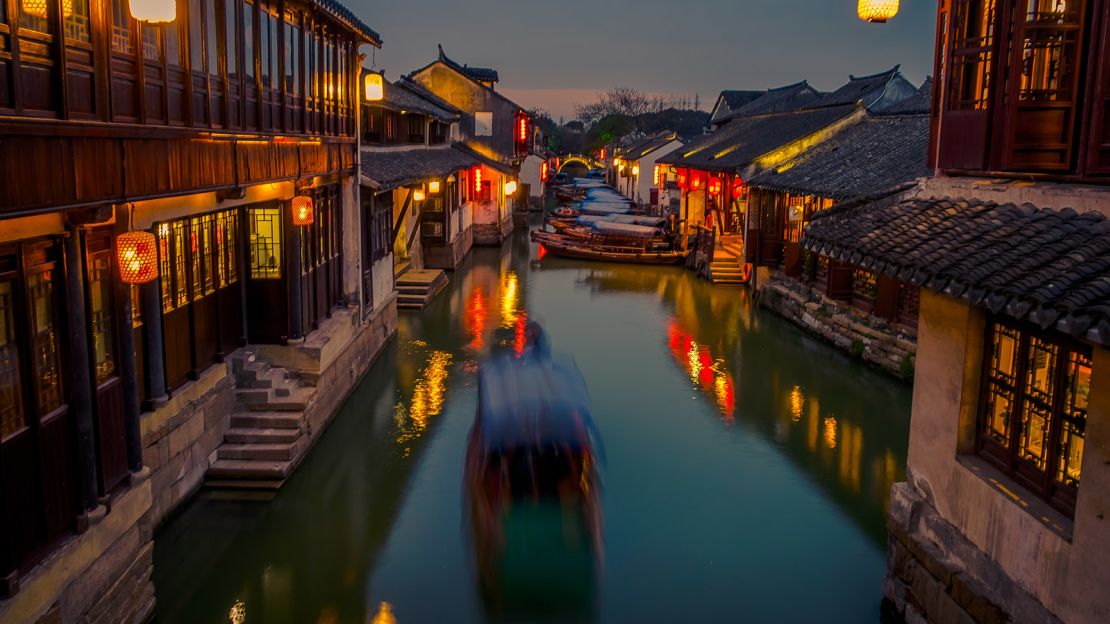
While Suzhou, west of Shanghai, might steal the limelight as the most famous water town in China, Zhouzhuang is said to be China’s oldest.
Built over 900 years ago during the Ming and Qing Dynasties, the beautiful river town feels like a living museum – picture whitewashed Chinese houses, quiet canals and arched stone bridges that would fit perfectly in a landscape painting.
Zhouzhuang is home to several ancient sites, including the more than 500-year-old Twin Bridges – Shide and Yong’an – the 11th-century Chengxu Taoist Temple and several wealthy merchant houses.
Among the top choices is the Qing Dynasty-style Shen House complex – a vast Chinese mansion with more than 100 rooms, as well as elaborate gold carvings, quiet gardens and ancient furniture.
It’s worth noting that Zhouzhuang can be very crowded on weekends. For the most elbow room and best photo opportunities, we’d recommend visiting on a weekday in the spring or fall.
Mawlynnong, India
Mawlynnong, located in the East Khasi Hills of northeastern India, has been named the “Cleanest Village in Asia” by various publications.
The village lives up to its reputation thanks to the Khasi families – a matrilineal, ethnic community – who call the town home and take great pride in keeping their village pristine.
They also cultivate abundant, meticulously pruned gardens that are famous across India.
As you might expect in the region’s cleanest city, natural beauty is a major draw.
Travelers can soak it up at Sky View – a popular 85-foot-tall tree house made of bamboo that overlooks the jungle canopies all the way across the plains of Bangladesh to the south.
Also nearby, find the Mawlynnong Waterfall, while the living root bridges create an ethereal sylvan scene. They’re pretty much what they sounds like: natural bridges formed by weaving together the roots of rubber trees.
Over the course of about 15 years, they grew across waterways and became strong enough for people to walk on them.
Ghandruk, Nepal
A mountain village in the Himalayan region of Nepal, Ghandruk (also known as Stone Village) sits more than 2,000 meters above sea level.
Only accessible on foot, the village is about a five-hour hike from Pokhara, a lakeside city in central Nepal that serves as a starting point for the popular Annapurna Circuit.
Ghandruk welcomes hikers with traditional tea houses, a mountain-top temple, horseback riding and cultural experiences which provide a peek into the lifestyle and customs of the Gurung people who reside here.
Members of this Nepalese tribe have served in the British Army’s Gurkha regiments during many conflicts and there’s a museum in the village which provides lots of fascinating cultural and historical insights.
It’s a place you could stay for a few hours or a few days, to soak up the traditional atmosphere and admire the Himalayan scenery – with Mount Annapurna, Machhapuchhre and Himalchuli all within view.
Sai Kung, Hong Kong
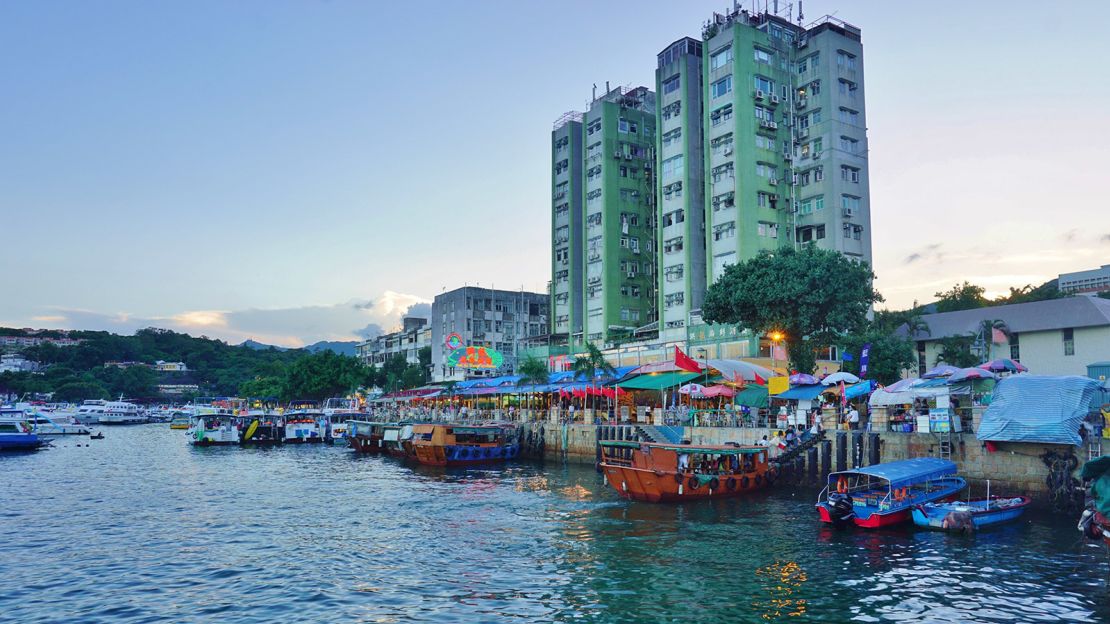
Hong Kong’s northeastern coastline never fails to surprise first-time visitors.
Instead of dense high-rises and traffic, the city’s “green lung” is marked by undulating mountains, lush islands and beautiful coastal villages like Sai Kung.
About a 45-minute drive from Central, Sai Kung sits right on the water and plays host to an array of cafes, bars and shops – all within just a few blocks.
The town’s three-story shophouses, colorful “sampan” fishing boats, mom ‘n’ pop bakeries and leisurely pace make visitors feel at ease.
Never more than a five-minute walk away, the waterfront promises great views and a memorable dining experience at one of the many open-air seafood restaurants.
Among the bunch, Michelin-starred Sing Kee is a long-time crowd pleaser known for its kaleidoscopic decor, steamed scallops with vermicelli, and extensive abalone menu.
Another Michelin-starred local institution, Loaf On serves Cantonese specials like salted fried chicken, razor clams in black bean sauce and ultra-fresh mantis shrimp.
Sai Kung is also the gateway to several outdoor adventures, such as the UNESCO Global Geopark, Sai Kung Country Park and Tai Long Wan – a scenic bay sheltering Hong Kong’s most pristine beaches.
Phuket Town, Thailand
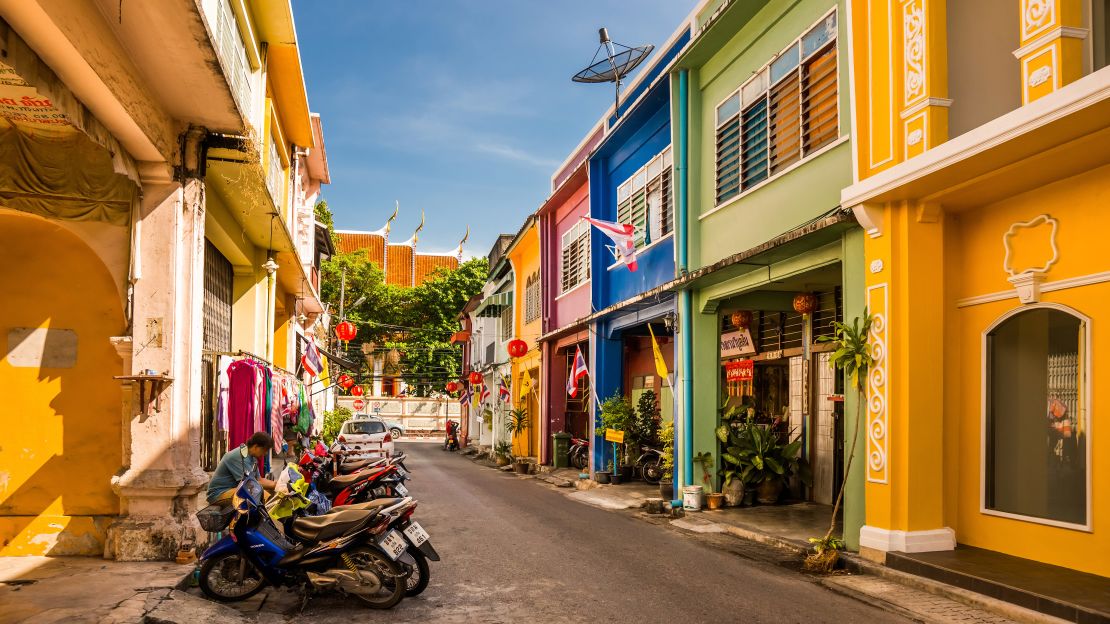
Though most famous for its beaches, the Thai island of Phuket offers ample opportunities for cultural immersion as well.
The historic old quarter of Phuket Town, located in the center of the island, is lined with Sino-Colonial style shophouses, built during the island’s tin-mining boom of the 18th and 19th centuries.
There are plenty of hip shops, cafés, restaurants and bars, including the batik shops along Thalang Road run by ethnic Malays and Indians. The area is also filled with Chinese temples, crumbling mansions, cultural museums and a nunnery.
Phuket Heritage Trails, which specializes in walking tours of the Old Town, is one of the best ways to get a full view of the area.
Phuket Town is also where you’ll find some of the island’s top restaurants, ideal for those who have had enough of the same old fare served in the beach zones. Top picks include southern Thai specialist Raya (48/1 Dibuk Road), Tantitium and One Chun.
















